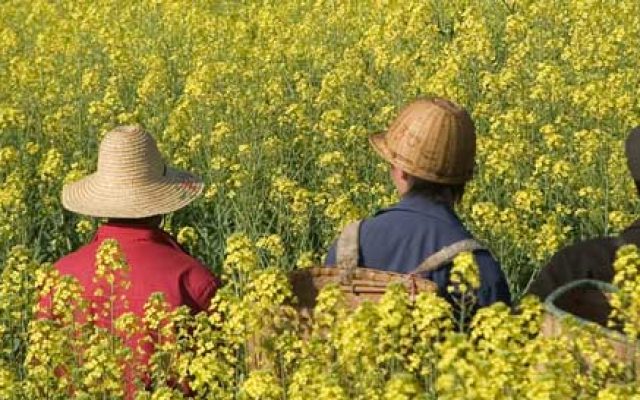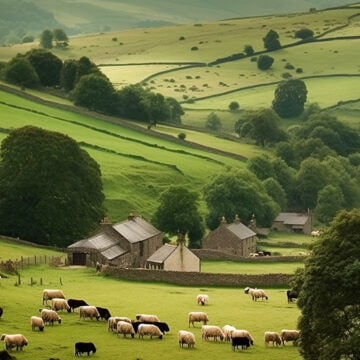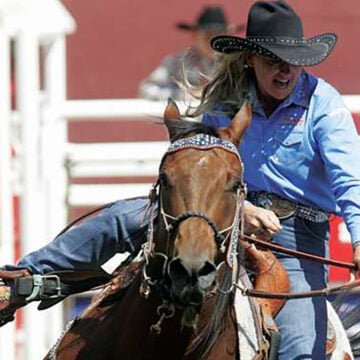A Quadrant agricultural tour to China will provide you with a mixed and perhaps even a confused understanding.
You will see a diversity of agricultural production enterprises and systems which are extremely interesting and informative. You will also see opportunity everywhere you look, but behind all of that you will see possible threats due to the potential that a large population and endeavour can deliver. First the diversity. China is a very capable producer of dairy products cereals, tea, sheep and wool, beef cattle, silk, a vast array of vegetables and all types of fruit. All production is intense in one form or another either intense in labour and / or intensively produced on small acreage operations.
You can see crops nestled amongst houses on small acreage that bring the inhabitants in to that area to sow and then harvest these crops by hand. Alternatively as an example of intensive production, there is a milk factory built at a cost of AUD$200m, with 22 production lines and an output of around 2 million litres of milk per day, which has just 50 workers overseeing an operation with rotating robotic arms, automated elevators and automatic trams silently conveying the finished product to a robotically controlled warehouse.
The opportunity becomes apparent when you realise just how many Chinese there are 1.4 billion or 1,400,000,000 and all will require and expect safe healthy food. Australia is close in proximity, and we are internationally regarded as having amongst the safest food production and processing systems in the world, so there is a huge opportunity here. If you are having any doubts then just look at what has happened with Australia’s beef exports to China. In 2011 Australia exported a mere 10,000 tonnes, in 2012 this grew to about 25,000 and in 2013 it has exploded where we have sent (or expect to send) about 145,000 tones and an estimate for 2014 is 125,000 tons. In 2013 China will accept the tonnage that exceeds that sent to Korea.
So where are the threats? Quite simply it will be through the intensity and increase in agricultural production that a mass of people will be able to generate, and as they consume (and can afford more) they could have the capacity to export their surpluses, and of course Australia could be a prime destination for these surpluses.
The Quadrant learning and understanding begins in Beijing then heads to Inner Mongolia / Central Asia, to Hohhot, then to Xian and Urumqi, and finishes in Shanghai and surrounds. There is the option to extend for a 13 day Yangtze River Cruise and to Guilin.
Some preparatory comments on anyone considering a Quadrant Agtour to China:
- There will be western style breakfasts, however the majority of the meals will be genuine Chinese (not western style) cuisine. It will be most enjoyable food but different to what most of our travellers are used to
- If you like hard beds then China is definitely the place to go but having said that the standard of hotels you will stay in are generally excellent
- Smoking is very common. It can be avoided in hotels and restaurants but the residual effects do linger on
- It’s hard to avoid people and that’s because some of the smaller cities have more people than Sydney and the bigger cities more than Australia in total
- Be prepared for some different styles of toilet once you leave your hotel
- Despite all the people, China is a safe country in which to travel and the people are welcoming.
The Quadrant team certainly demonstrated why they are the leading agri-tourism organisers in Australia. Their access to quality on-ground support and consistent display of client focus was coupled with a magnificent destination. A very rewarding experience all around.
Lucas Tisdall, Flight One, NAB China Study Tour.






